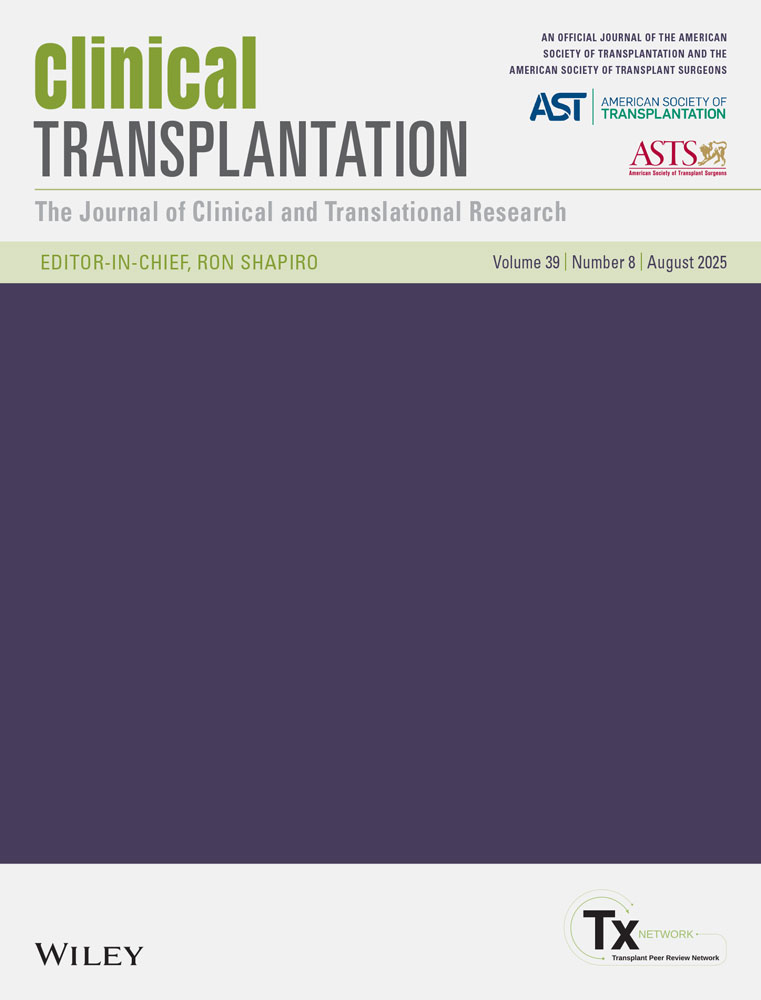Usefulness of quantitative real-time polymerase chain reaction in following up patients with Epstein–Barr virus infection after liver transplantation
Abstract
Background. Post-transplant lymphoproliferative disease (PTLD), which is mainly induced by Epstein–Barr virus (EBV) infection, is a cause of significant morbidity and mortality for patients undergoing liver transplantation, especially when it is detected at such an advanced stage as monoclonal malignant lymphoma. Methods. In this series, 6 of 22 1iver transplant patients suffered from EBV infection. We tested quantitative DNA (Qt-DNA) by real-time polymerase chain reacton (PCR), qualitative DNA in plasma (Ql-pDNA) by PCR, and EBV-encoded mRNA 1 (EBER 1) by in situ hybridization to clarify which of them is a better marker for the early diagnosis and prediction of EBV-associated disorders. Results. Four had signs or symptoms of PTLD, but 2 did not develop individualized lymphoid lesions. In all patients, both Qt-DNA and EBER 1 exceeded the cut-off level of 102.5 copies/μg DNA and 0.002%, respectively, at the time of diagnosis. In 2 patients, when Qt-DNA had a poor decline, EBER 1, even if it seemed to decrease after antiviral therapy, increased again after a few months and the clinical symptoms recurred. In 2 patients, Qt-DNA and EBER 1 increased again after a few months of antiviral therapy, and Ql-pDNA remained positive, whereas, in 3 patients, no reaction of EBV could be detected once Ql-pDNA became negative, even after the cessation of therapy. Conclusions. These results suggest that real-time PCR for Qt-DNA was more sensitive to the real-time activity of EBV and that Ql-pDNA could indicate when to stop antiviral therapy.




